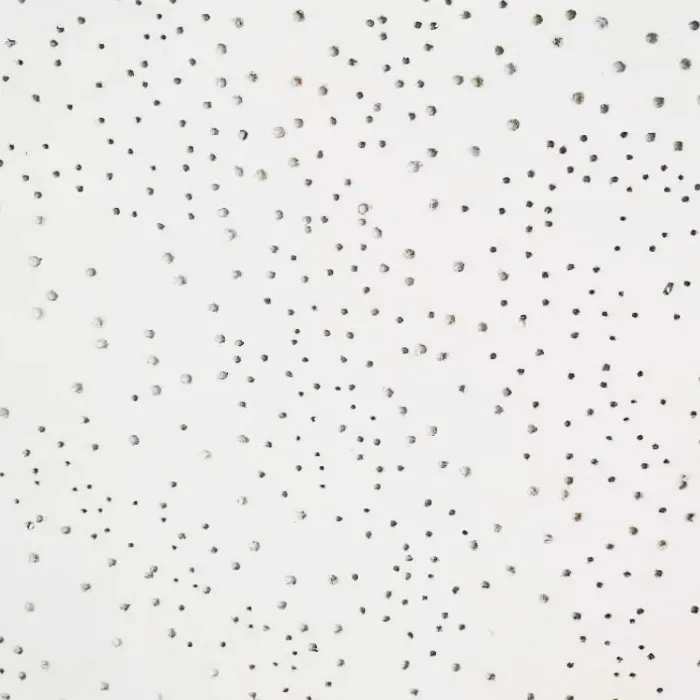- Afrikaans
- Albanian
- Amharic
- Arabic
- Armenian
- Azerbaijani
- Basque
- Belarusian
- Bengali
- Bosnian
- Bulgarian
- Catalan
- Cebuano
- Corsican
- Croatian
- Czech
- Danish
- Dutch
- English
- Esperanto
- Estonian
- French
- German
- Greek
- Hindi
- Indonesian
- irish
- Italian
- Japanese
- Korean
- Lao
- Malay
- Myanmar
- Norwegian
- Norwegian
- Polish
- Portuguese
- Romanian
- Russian
- Serbian
- Spanish
- Swedish
- Thai
- Turkish
- Ukrainian
- Uzbek
- Vietnamese
Հկտ . 22, 2024 05:02 Back to list
Exploring the Benefits and Uses of Mineral Fiber Panels in Construction
The Versatility and Benefits of Mineral Fiber Panels
In the realm of building materials, mineral fiber panels have emerged as a prominent choice for architects, builders, and interior designers alike. These panels, made primarily from natural and recycled minerals, offer an array of benefits that cater to both practical and aesthetic needs of modern construction.
One of the defining characteristics of mineral fiber panels is their composition. They are primarily made from a combination of mineral-based materials, such as rock wool or glass wool, which makes them lightweight yet robust. This unique composition not only contributes to their durability but also enhances their sound absorption properties, making them ideal for use in spaces where acoustics are a priority, such as offices, schools, and auditoriums. As noise pollution increases in urban areas, the demand for effective sound-dampening solutions has surged, and mineral fiber panels rise to the occasion.
Another advantage of mineral fiber panels is their exceptional fire resistance. Composed of natural minerals, these panels can withstand high temperatures and do not contribute to fire propagation. In fact, they are often rated as non-combustible, offering an added layer of safety for commercial and residential buildings. This makes them a preferred choice for various types of construction, especially in facilities where fire safety is paramount, such as hospitals and high-rise structures.
Moreover, mineral fiber panels are recognized for their thermal performance. They possess excellent insulating properties, which help to reduce energy consumption by maintaining a stable indoor temperature. This can lead to significant cost savings in heating and cooling, contributing to overall energy efficiency in buildings. With the growing emphasis on sustainable construction practices, the ability of mineral fiber panels to enhance energy efficiency aligns perfectly with the goals of modern environmental designs.
mineral fiber panels

In terms of aesthetics, mineral fiber panels come in a variety of designs, colors, and finishes, allowing for customization to suit specific architectural styles and interior designs. Whether seeking a sleek, contemporary look or a more traditional design, these panels can seamlessly integrate into various interior concepts. They can even be painted or textured, adding to their adaptability in design.
Installation is another area where mineral fiber panels excel. Lightweight and easy to cut, these panels can be quickly installed, reducing labor costs and time on site. This ease of handling makes them particularly popular among contractors working in fast-paced environments where efficiency is essential.
Another noteworthy aspect of mineral fiber panels is their environmental impact. Many manufacturers emphasize using recycled materials in their production, which can significantly lower the carbon footprint associated with their manufacturing process. Additionally, the longevity and durability of these panels mean they often require less frequent replacement, further contributing to sustainability efforts within the construction industry.
However, like any material, mineral fiber panels do have some considerations to keep in mind. For instance, they can be susceptible to moisture damage if not properly installed or maintained, which may lead to mold growth. Therefore, emphasizing proper installation techniques and incorporating moisture barriers in high-humidity areas is crucial.
In conclusion, mineral fiber panels represent a versatile and beneficial option in the construction industry, combining aesthetics, functionality, and sustainability. Their sound absorption, fire resistance, and thermal insulation properties make them an attractive choice for a wide range of applications, from commercial buildings to residential homes. As society continues to progress toward more environmentally-friendly building practices, mineral fiber panels are set to play an increasingly significant role in shaping modern construction. Their adaptability and multitude of benefits ensure that they remain a staple in the materials used for innovative architectural designs throughout the years to come.
-
Transform Interiors with PVC Gypsum Ceiling: A Stylish, Durable, and Moisture-Resistant SolutionNewsMay.19,2025
-
The Smart Interior Upgrade: Discover the Durability and Versatility of Gypsum Ceiling Access Panel SolutionsNewsMay.19,2025
-
The Smart Choice for Interior Design: Discover the Value of PVC Gypsum Ceiling SolutionsNewsMay.19,2025
-
Mineral Fiber Ceiling Tiles: The Smart Blend of Performance and AestheticsNewsMay.19,2025
-
Mineral Fiber Ceiling Tiles: The Superior Choice Over Gypsum for Sound and Fire SafetyNewsMay.19,2025
-
Mineral Fiber Ceiling Tiles: Eco-Friendly Strength and Style for Every CeilingNewsMay.19,2025







